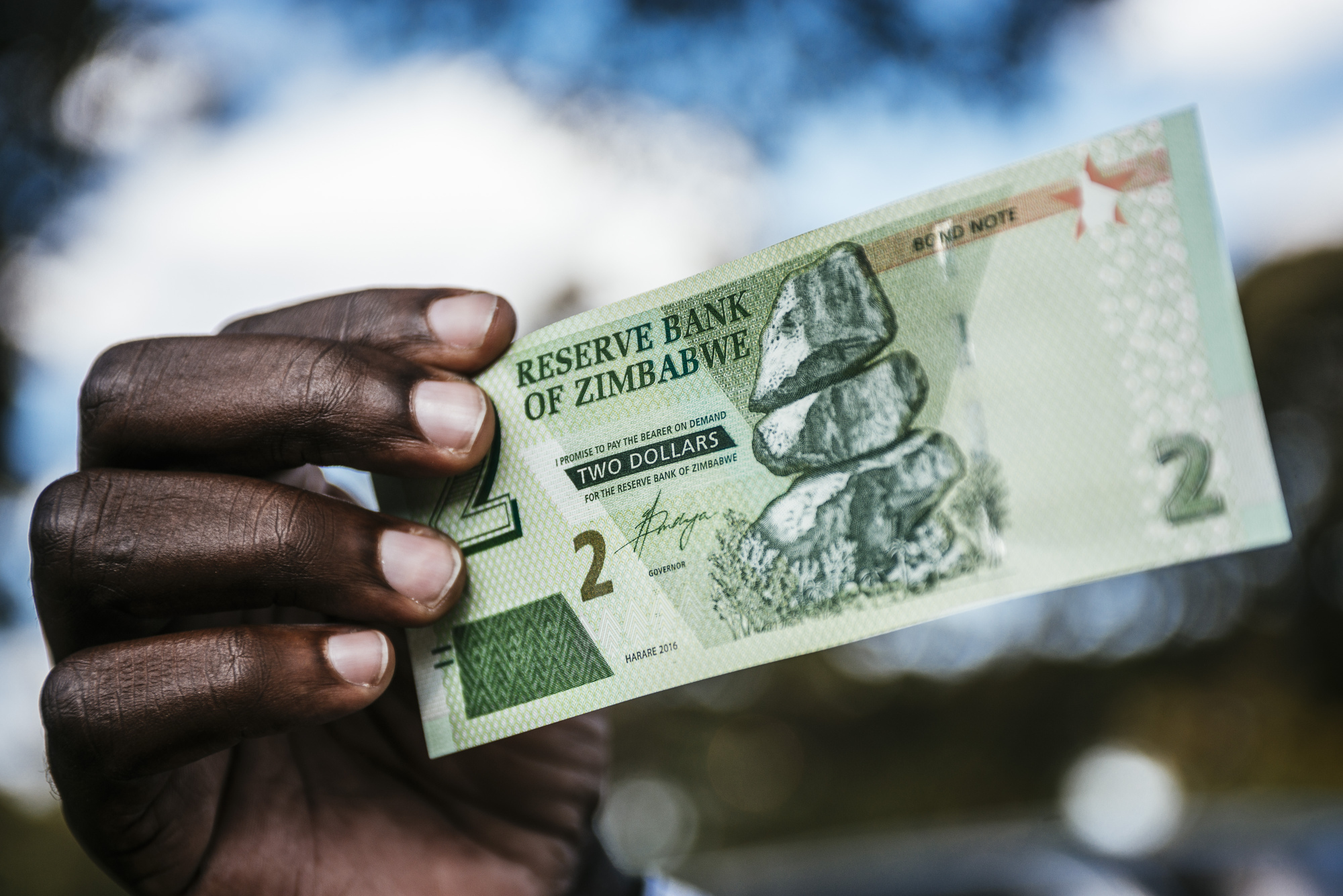(3 Minutes Read)
President Emmerson Mnangagwa’s government introduced the Zimbabwe Gold (ZiG) currency in April this year to replace the Zimbabwe dollar, which had been relaunched in 2019 to deal with hyperinflation inflation. The central bank said the new currency was backed by 2.5 tonnes of gold and foreign currency reserves
Zimbabwe has lost more than US$3 billion in potential revenue due to exchange rate distortions in three years. Harare is paying for having an unstable currency, World Bank research has shown.
The Southern African country this year made a sixth attempt to re-establish its own currency after it was forced into dollarisation 15 years ago.
President Emmerson Mnangagwa’s government introduced the Zimbabwe Gold (ZiG) currency in April this year to replace the Zimbabwe dollar, which had been relaunched in 2019 to deal with hyperinflation inflation. The central bank said the new currency was backed by 2.5 tonnes of gold and foreign currency reserves.
Read Also:
Six months later, the new currency is on a free fall and is already trading at $1 to ZiG30 on the more popular parallel foreign currency market after the authorities fixed the rate at US$1 to ZiG13.5 when it was introduced.





